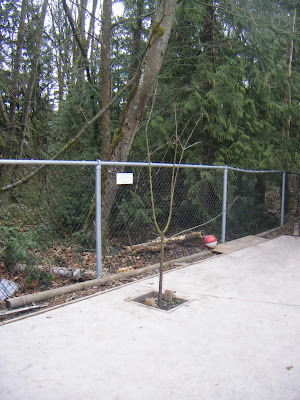Give a tree a chance...
2. If you have to top a tree...
It is best if you just cut the whole thing down.
3. Critical Roots...
Are called "Critical Roots" for a reason.
4. Your neighbours trees have roots too.
If you cut them they may fall on stuff.
5. Very many trees pruned badly...
Create many problems and wind up costing much more to maintain.
6. Illegal land clearing...
Is not something that only happens in less developed countries.
7. If a bird shits on your car...
Don't cut your tree down. The neighbours will be upset.
8. If the crown is raised too much...
The tree will not look right.
9. When looking for a good place to dump soil...
Over the roots and stems of trees is not a good choice.
10. Weeping Willows
Can be fascinating trees when looked after properly.
11. All the trees will die...
If the understory is cleared, topsoil is brought in and lawn is planted.
12. Treat the young ones with respect.
If you want them to be there for you when you get old.


















